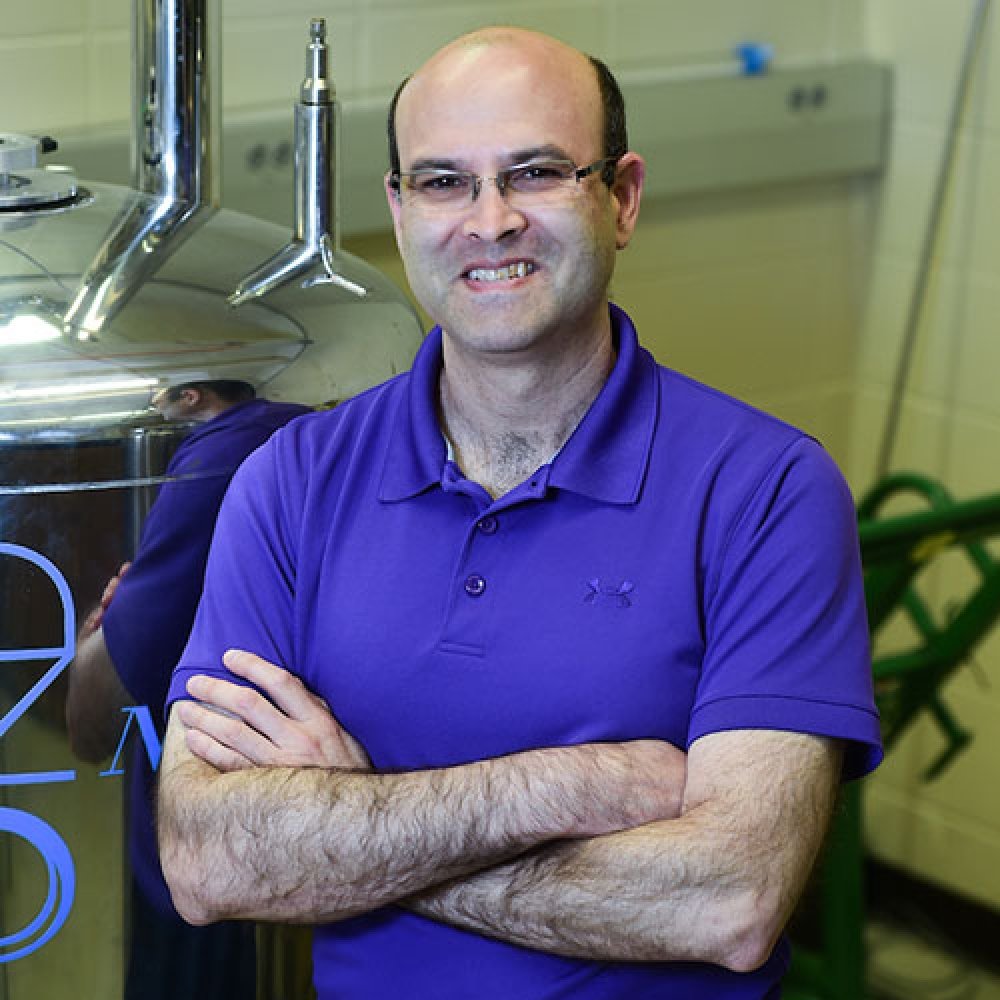
Joe Workman
Professor Emeritus of Chemistry
Education
BS: chemistry, Santa Clara University
PhD: chemistry, Carnegie Mellon University
BIOGRAPHY
Professor Emeritus of Chemistry Joe Workman began his 32-year Centre College career in 1993, retiring in 2025.
RESEARCH
Workman's research is in igneous petrology and geochemistry. He has projects in two areas: single crystal laser fluorination analysis of volcanic rocks for oxygen isotopes from Iceland and Cascades volcanoes to investigate magma origin and the investigation of mass-independent isotope effects of oxygen and sulfur isotopes in volcanic sulfate as a tool to understand the destiny of volcanic plumes and their interaction with the upper atmosphere.
His collaborative research with students focuses on synthesizing novel multimetallic complexes of polyanionic chelating ligands. These ligands stabilize transition metals in high oxidation states and unusual geometries. For instance, the cobalt ions below are in an uncommon square planar 3+ oxidation state. The Co(III) ions are also paramagnetic. The oxidation/reduction behavior of these compounds is fascinating. He has shown in previous research that these metal complexes can themselves act as ligands for other transition metals. This research introduces the possibility of using them to construct new materials with interesting electronic and magnetic properties. He and his student collaborators are in the process of synthesizing and characterizing a wide range of multimetallic complexes of different polyanionic chelating ligands.
He also have a collaborative research project with geologists at the University of Oregon studying the climate effects of ancient volcanic supereruptions. They study eruption products in the John Day Fossil Beds in eastern Oregon by oxygen isotope geochemistry. Very large silicic eruptions, called supereruptions, can inject massive quantities of sulfur dioxide, SO<sub>2</sub>, into the atmosphere. The SO2 is then oxidized by either hydrogen peroxide or ozone to produce sulfur trioxide, SO3. The sulfur trioxide will combine with water to form sulfuric acid, H2SO4, which will form very small droplets called an aerosol. The aerosol will block solar radiation and lead to local or global cooling. Over time, the sulfuric acid falls back to earth as acid rain. It is impossible to directly measure SO2 emissions for ancient eruptions, but the sulfuric acid content can be measured in the rock record. We use a laser fluorination line to separate oxygen from the sulfur and then a mass spectrometer to measure the 17O:16O ratio. If the SO2 was injected into the stratosphere, the major oxidant would have been ozone and the 17O:16O ratio would be higher than normal. If the SO2 was injected into the troposphere, the major oxidant would have been hydrogen peroxide and the 17O:16O ratio would be normal.
Workman has involved students in research and has collaborated with students in research teams in many summers since coming to Centre. In the 2001-02 academic year, Workman was a visiting research professor at the University of Auckland, New Zealand, where he did work in organometallic chemistry. In 2007-08, Workman was a visiting professor at Monash University in Melbourne, Australia doing research in green chemistry.
STUDY AND TEACHING ABROAD
In January 2004 he led a group of 34 Centre students to New Zealand to study the physical science of volcanoes. He has subsequently led students in New Zealand studying volcanoes on multiple occasions.
ADVISING
Workman also served as academic advisor to students interested in pre-medical studies, serving in that role for 23 years, and he has assisted students with MCAT study sessions and field trips to major medical schools. Workman is an energetic teacher and played a leadership role in Centre’s successful efforts to secure a high-field nuclear magnetic resonance (NMR) spectrometer, which is accessible to students for study and research.
